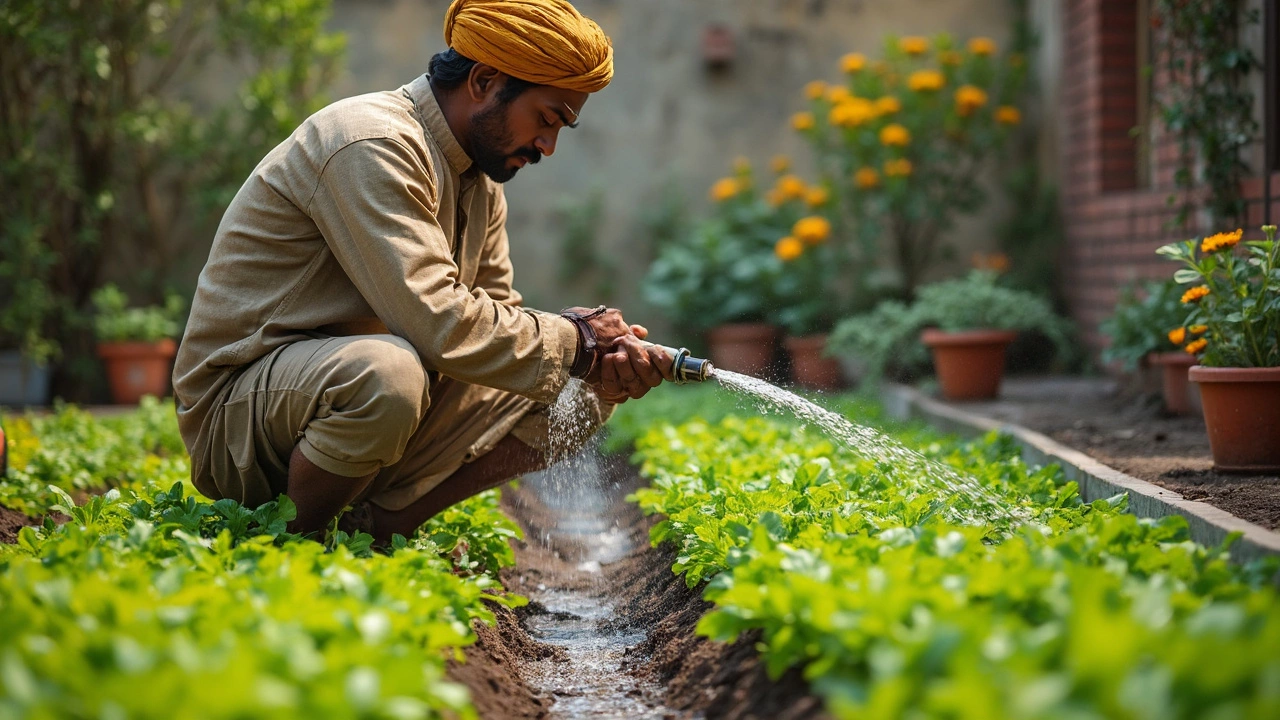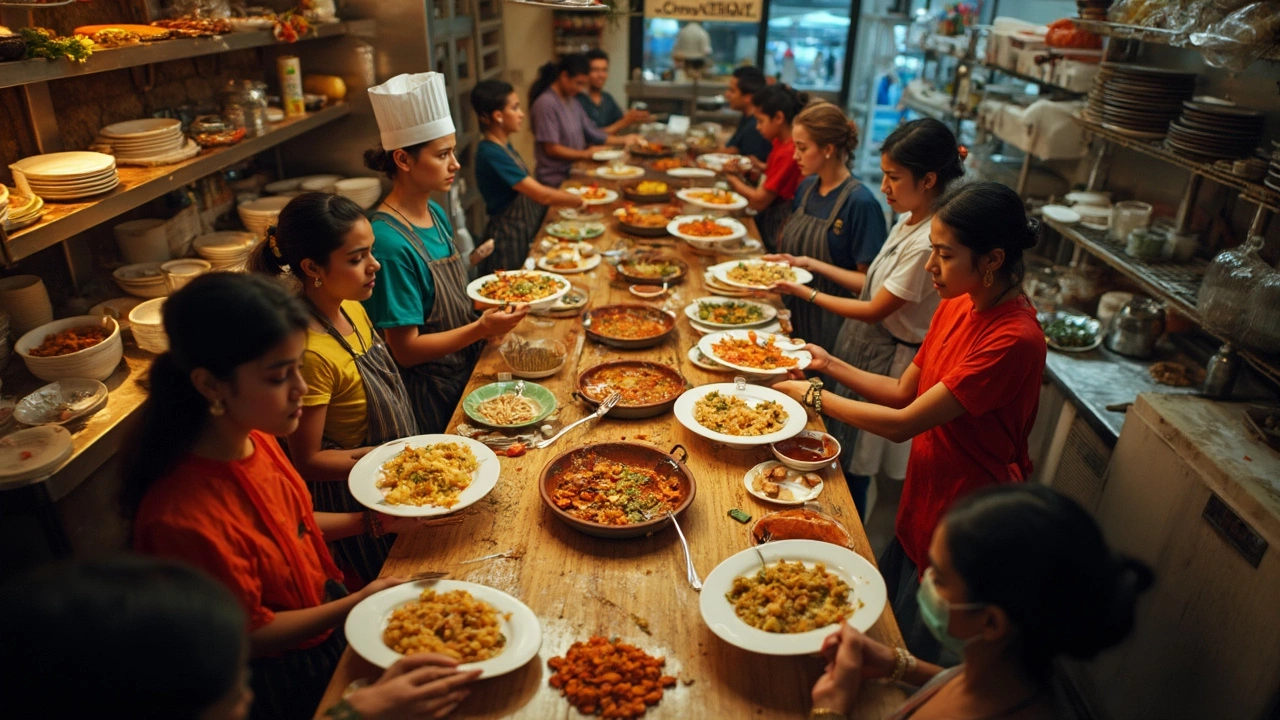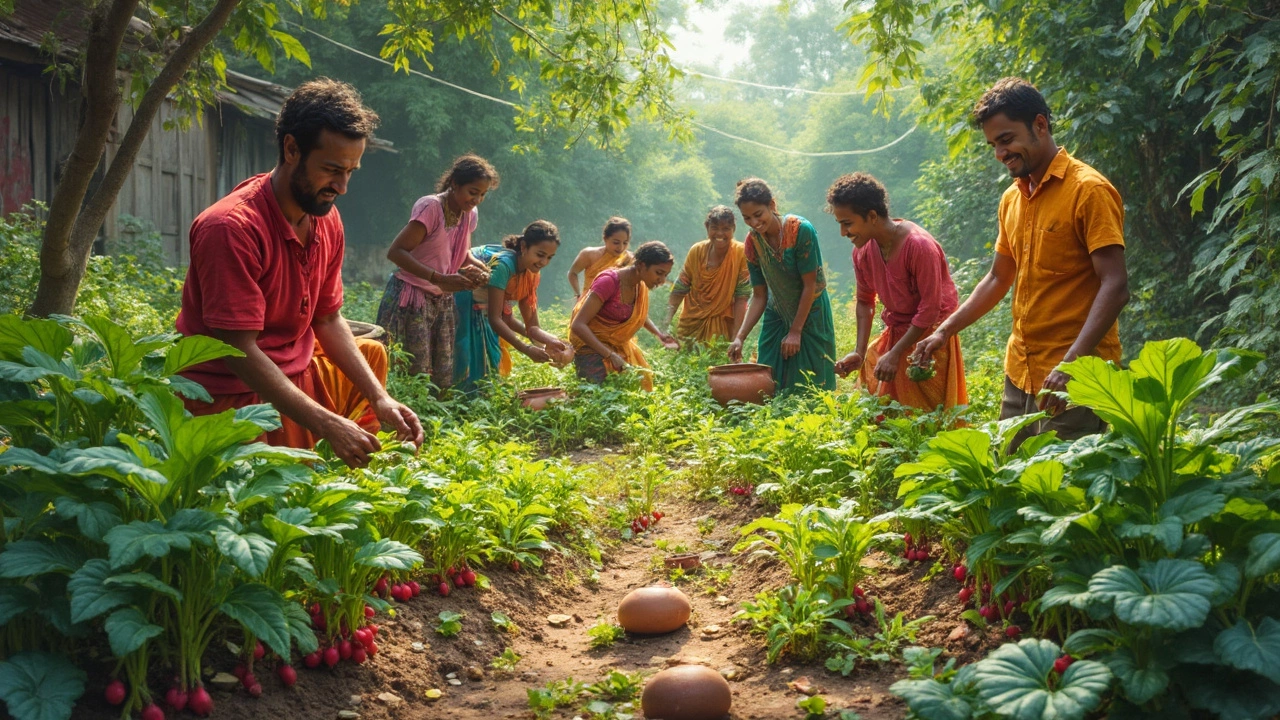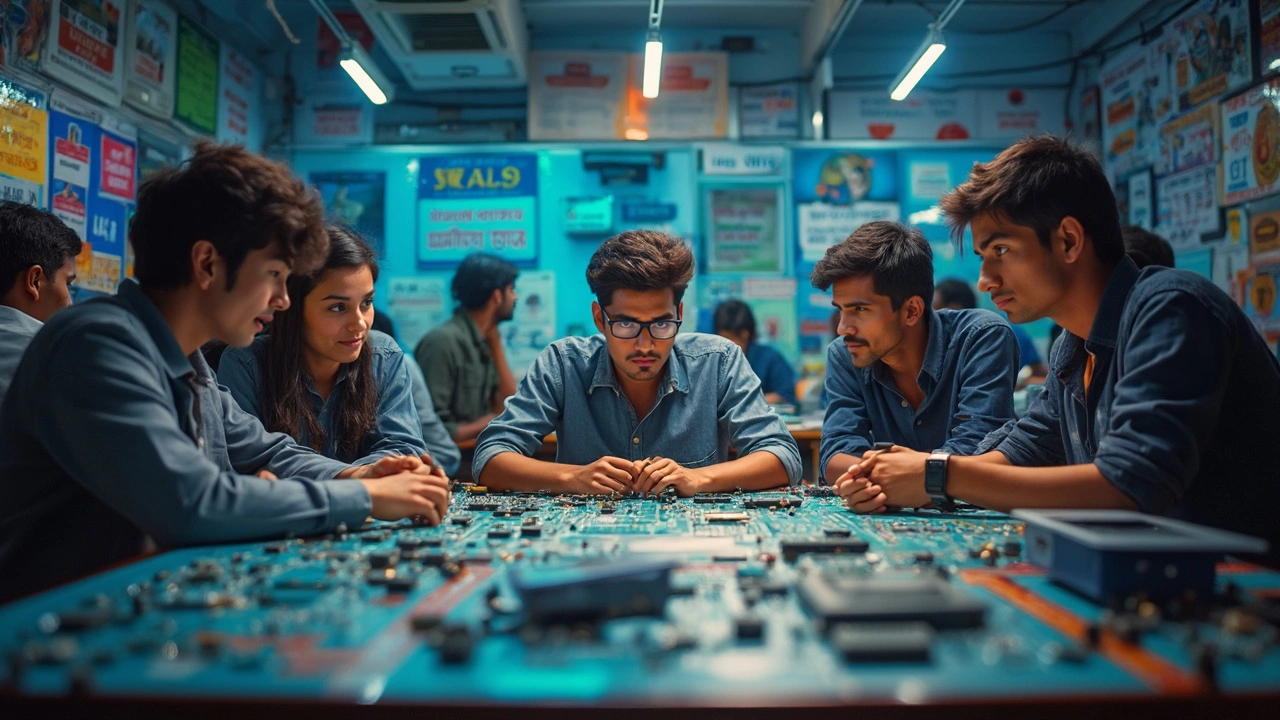Cleaning: Sustainable Practices and Industry Insights
When talking about cleaning, the act of removing dirt, waste, and contaminants to keep spaces safe and efficient. Also known as purification, it matters in homes, factories, farms, and even in the way we handle plastic waste.
In the world of sustainable manufacturing, production methods that cut waste, lower energy use, and recycle materials, cleaning is not just a final step – it’s a quality checkpoint. Clean equipment runs smoother, uses less power, and reduces downtime, which directly boosts the bottom line. Meanwhile, gardening, the practice of growing plants for food, beauty, or ecosystem health relies on clean soil and water to thrive. When soil is free of debris and pathogens, plant roots can absorb nutrients more effectively, leading to healthier harvests and lower pesticide needs.
How cleaning connects to soil health, water conservation and plastic recycling
Clean soil is the foundation of soil health, the balance of organic matter, microbes, and structure that supports plant growth. Removing excess salts, residues, or broken mulch restores the soil’s natural ecosystem, making it easier for water to soak in rather than run off. This directly supports water conservation, strategies that reduce wasteful use of water in homes, farms, and factories. Simple cleaning steps—like flushing irrigation lines, clearing clogged filters, or using rain‑water harvesting filters—ensure every drop counts.
Plastic recycling is another arena where cleaning is a hidden hero. Before a bottle can be re‑melted into new rPET or rHDPE, it must be thoroughly washed to strip oils, labels, and food residues. This extra cleaning stage improves the quality of recycled resin, which in turn feeds back into high‑demand plastics for packaging, automotive parts, and solar panels. Without proper cleaning, recycled plastics would degrade faster, undermining the sustainability goals of the whole industry.
All these threads—manufacturing efficiency, garden productivity, soil vitality, water savings, and recycling quality—share a common denominator: systematic cleaning. When you clean early and often, you prevent problems later, whether that’s a factory shutdown, a wilted tomato, or a low‑grade plastic batch.
Below you’ll find a curated mix of articles that dive deeper into each of these areas. From a guide on watering container gardens the right way to a look at which plastics will dominate 2025, the collection shows how cleaning shapes both everyday life and big‑scale industry. Keep reading to uncover practical tips, real‑world case studies, and the latest trends that make cleaning a cornerstone of sustainable success.
How Often Do You Have to Flush a Drip Irrigation System?
Flushing your drip irrigation system isn’t just about keeping the water flowing; it can actually save you a lot of headaches down the line. This article explains how often to flush your system, signs that it's time for a cleanup, and why skipping this step leads to nasty clogs. You'll get realistic tips for different climates and water qualities, plus simple steps for easier maintenance. Whether you’re running a backyard setup or a bigger grow, you’ll know what to do so your lines don’t let you down.
- manufacturing
- India
- food processing
- garden tips
- rice cultivation
- government schemes
- balcony garden
- urban gardening
- balcony gardening
- profitable business
- business ideas
- plastic manufacturing
- drip irrigation
- plant care
- steel manufacturing
- sustainable gardening
- startup ideas
- steel industry
- flower gardening
- textile manufacturers





